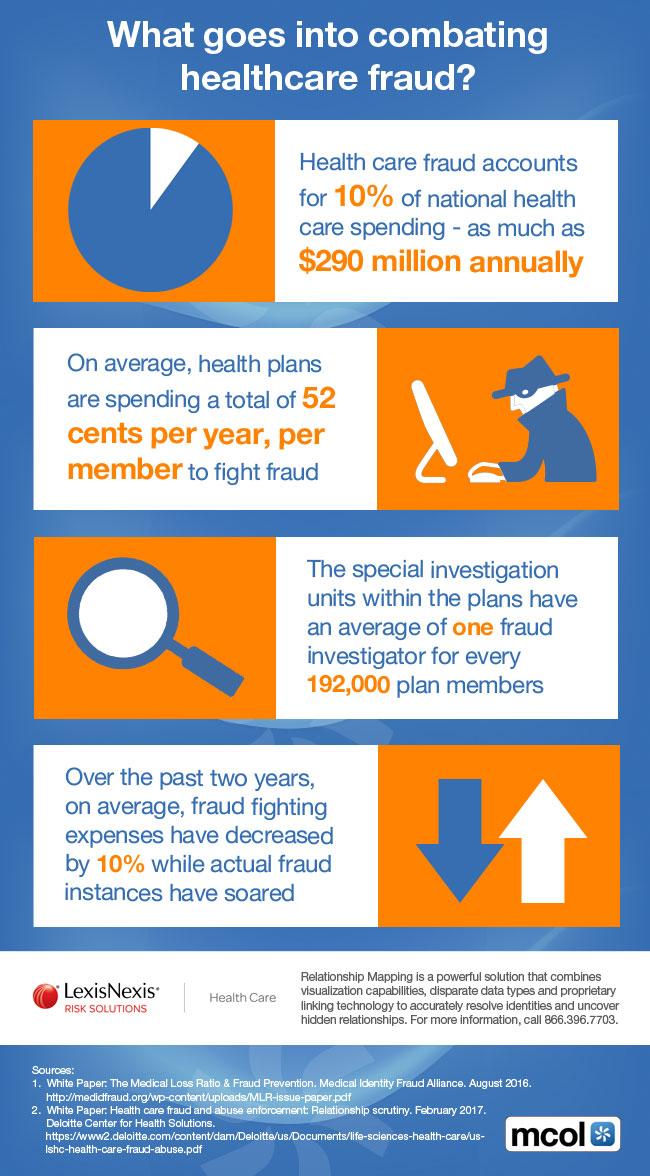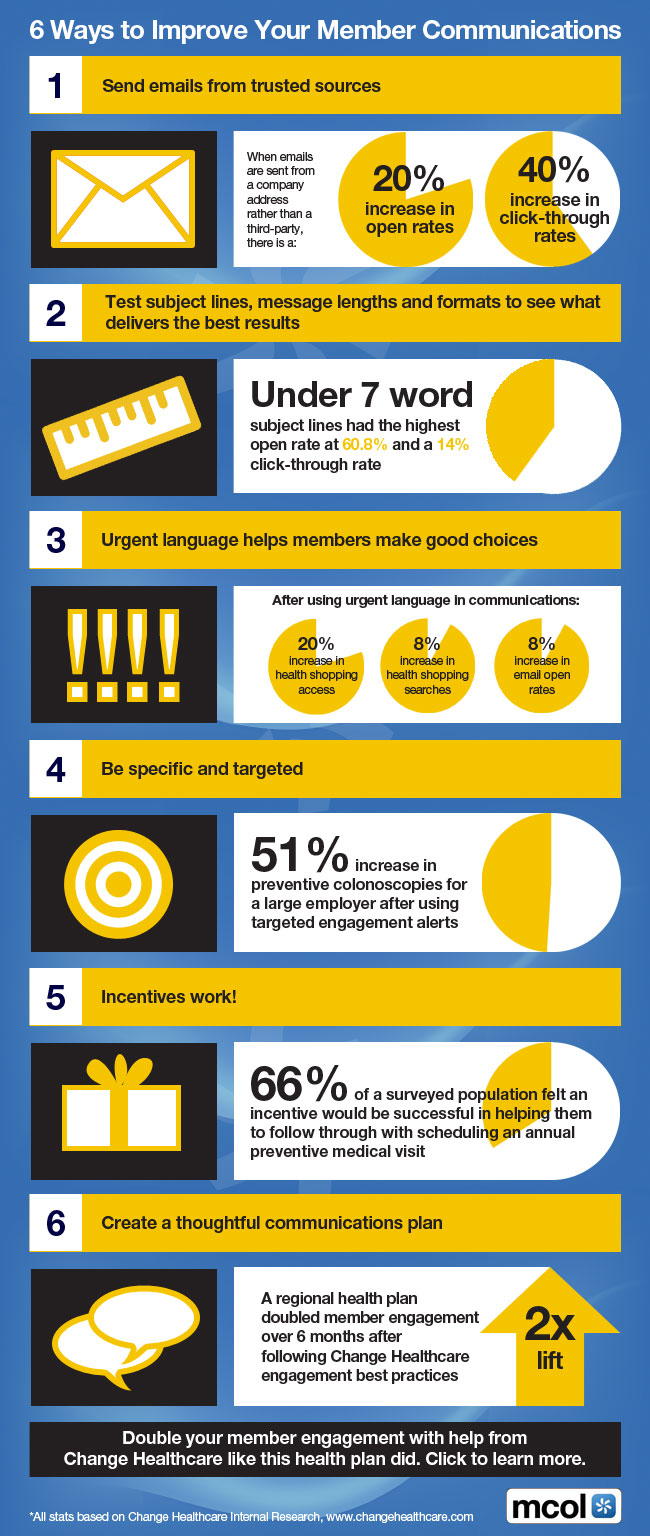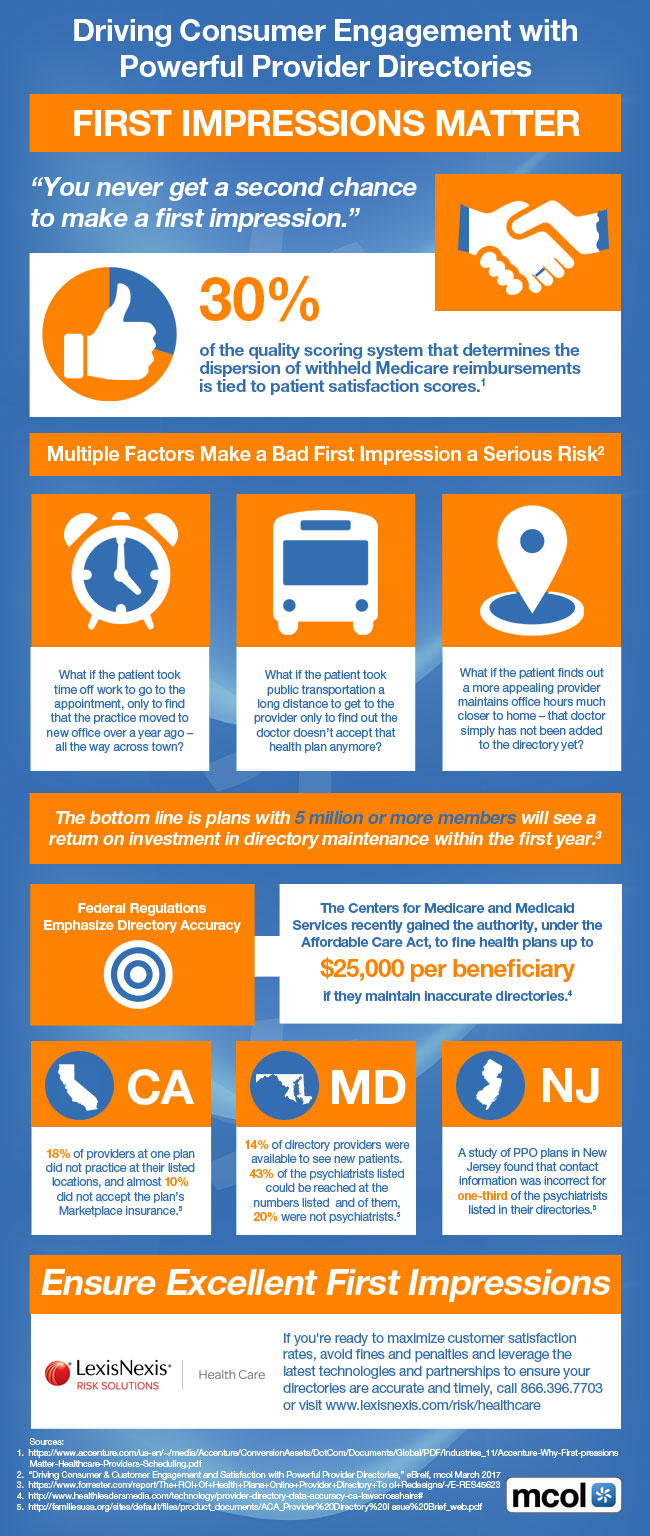Clive Riddle, March 17, 2017
In observance of St. Patrick’s Day – that day on which we are all Irish – let’s take a quick peek at the Irish healthcare system. Ireland’s Health Service Executive provides all of Ireland's public health services in hospitals and communities across the country. Here’s what their website has to say about their public services:
“Who can access health services in Ireland? Ireland has a comprehensive, government funded public healthcare system. A person living in Ireland for at least one year is considered by the HSE to be 'ordinarily resident' and is entitled to either full eligibility (Category 1) or limited eligibility (Category 2) for health services. People who have not been resident in Ireland for at least one year must satisfy the HSE that it is their intention to remain for a minimum of one year in order to be eligible for health services. Dependants of such individuals must also contact the HSE to confirm their eligibility.” The website informs us that over 30% of people in Ireland are Category 1.
A recent article in Irish Times: Ireland worst of 36 countries for ease of access to healthcare – details recently released negative findings from the annual Euro Health Consumer Index report. The report states “the fact that Ireland has the highest percentage of population purchasing duplicate healthcare insurance – over 40 per cent, down from 52 per cent three years ago – also presents a problem. Should this be regarded as an extreme case of dissatisfaction with the public system, or simply as a technical solution for progressive taxation?”
The article cites these negative findings from the report:
- Irish patients spend longer waiting for emergency treatment in hospital than any others in Europe
- Ease of access to the Irish healthcare system is the worst of the 36 countries surveyed, with longer waiting times for minor operations and CT scans
- Overall, the Irish system ranks 21st [out of 36] in the 2016 Euro Health Consumer Index, the same as in the previous year.
- The Irish health service is also fifth-worst – on a composite “bang for your buck” measure included in the report.
MCOL’s Global Member website includes an archive of International Healthcare Factoids. Here’s some recent selected Irish healthcare factoids from the archive:
Healthcare Spending in Ireland
* Health accounted for 9.91% of Irish gross domestic product (GDP) in 2014.
* Government spending on health has increased by at least €1 billion since 2014.
* Total health spending came to more than €19 billion in 2014.
* €13.3 billion was spent by the Government on health in 2014.
* Household out-of-pocket spending was almost €3 billion in 2014.
* Ireland spent €4,147 per person on health in 2014, the sixth highest total in Europe.
Source: Irish health spending among highest in Europe
Cancer in Ireland
* 38,000 people are diagnosed with cancer each year in Ireland.
* In Ireland, 8,700 people die of cancer annually.
* 1 in 3 Irish men, and 1 in 4 women, will be diagnosed with cancer at some point.
* The chances of Irish women getting cancer is 16% above the EU average.
* The incidence of cancer among Irish men is 10% higher than the EU average.
* 6 out of 10 people will now survive at least five years after diagnosis.
Source: Risk of Irish men and women developing cancer levels off
Hospital Wait Times in Ireland
* More than 530,000 people are on public hospital waiting lists in Ireland.
* 435,000 patients were waiting for an outpatient appointment at the end of August.
* More than 74,000 of these outpatients have been waiting for an appointment for over a year.
* 43,000 have been waiting longer than the 15-month "maximum" waiting time set by the government.
* The hospital with the longest waiting list is University Hospital Galway, at 33,000.
* 78,500 people are waiting for inpatient or day case procedures.
Source: Record 530,000-plus patients on hospital waiting lists
Prevalence of Undiagnosed Type 2 Diabetes in Ireland
* An estimated 24,000 to 40,000 people in Ireland have undiagnosed type 2 diabetes.
* The risk of having undiagnosed type 2 diabetes increased by 89% for every 5kg/m2 increase in weight.
* Men were nearly 3X more likely to have abnormal blood sugar and undiagnosed diabetes than women.
* 17% of participants in a 30,000-person study had abnormal initial fasting blood sugar levels.
* Pre-diabetes was confirmed in 10% of study participants.
Source: Up to 40,000 people have undiagnosed type 2 diabetes, charity says
Under-Age-Six Physician Visitation Rates, Ireland
* Research carried out by the Department of Health last year shows that fee-paying children under the age of six have an annual GP visitation rate of 2.7
* Medical/GP visit cardholders under the age of six have a visitation rate of 3.1
* GP numbers in Ireland have been increasing since 2010. At December 31 2013, there were 2,840 GPs in Ireland compared to 2,731 at the end of 2012, 2,562 at the end of 2011 and 2,270 at the end of 2010.
Source: Under-six visitation data revealed
Private Health Insurance in Ireland
* 2.123 million people – or 46.3% cent of the population – held private health insurance in September 2012. This represents a drop of 16,000 since March and a decrease of 61,000, or 4%, since June 2011.
* The number of people holding private health insurance peaked in 2008 at 2.3 million, but has been in decline since.
* Aviva increased its share of the health insurance market last year. In 2011 Aviva grew its market share in Ireland to 17.7%, up from 13.7% the previous year.
* Over the same period VHI Healthcare’s market share fell from 61.6% to 57.3%.
* Quinn Healthcare's – renamed Laya Healthcare earlier this year – share of the market remained steady at just under 21%.
Source: Private health insurance numbers fall another 61,000

 Post a Comment By
Post a Comment By  Riddle, Clive |
Riddle, Clive |  Thursday, May 18, 2017 at 02:47PM tagged
Thursday, May 18, 2017 at 02:47PM tagged  Cost & Utilization|
Cost & Utilization|  Trends & Strategies
Trends & Strategies 



